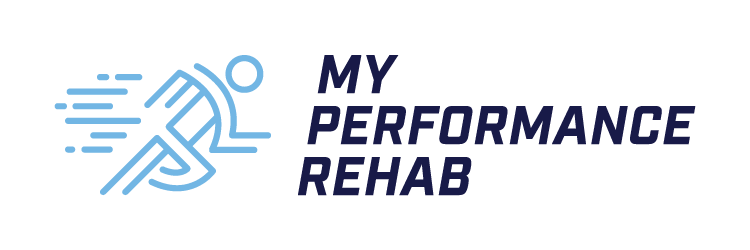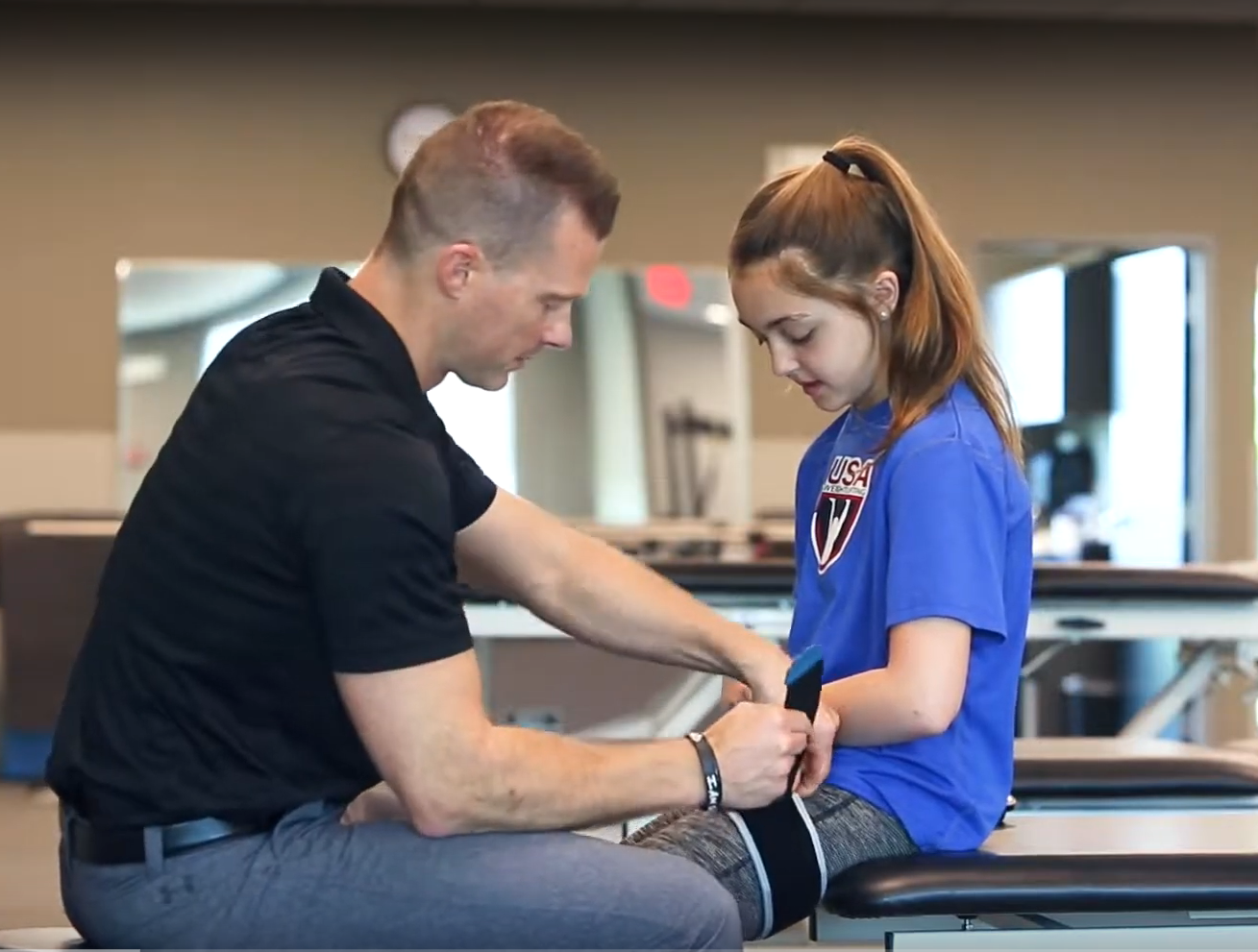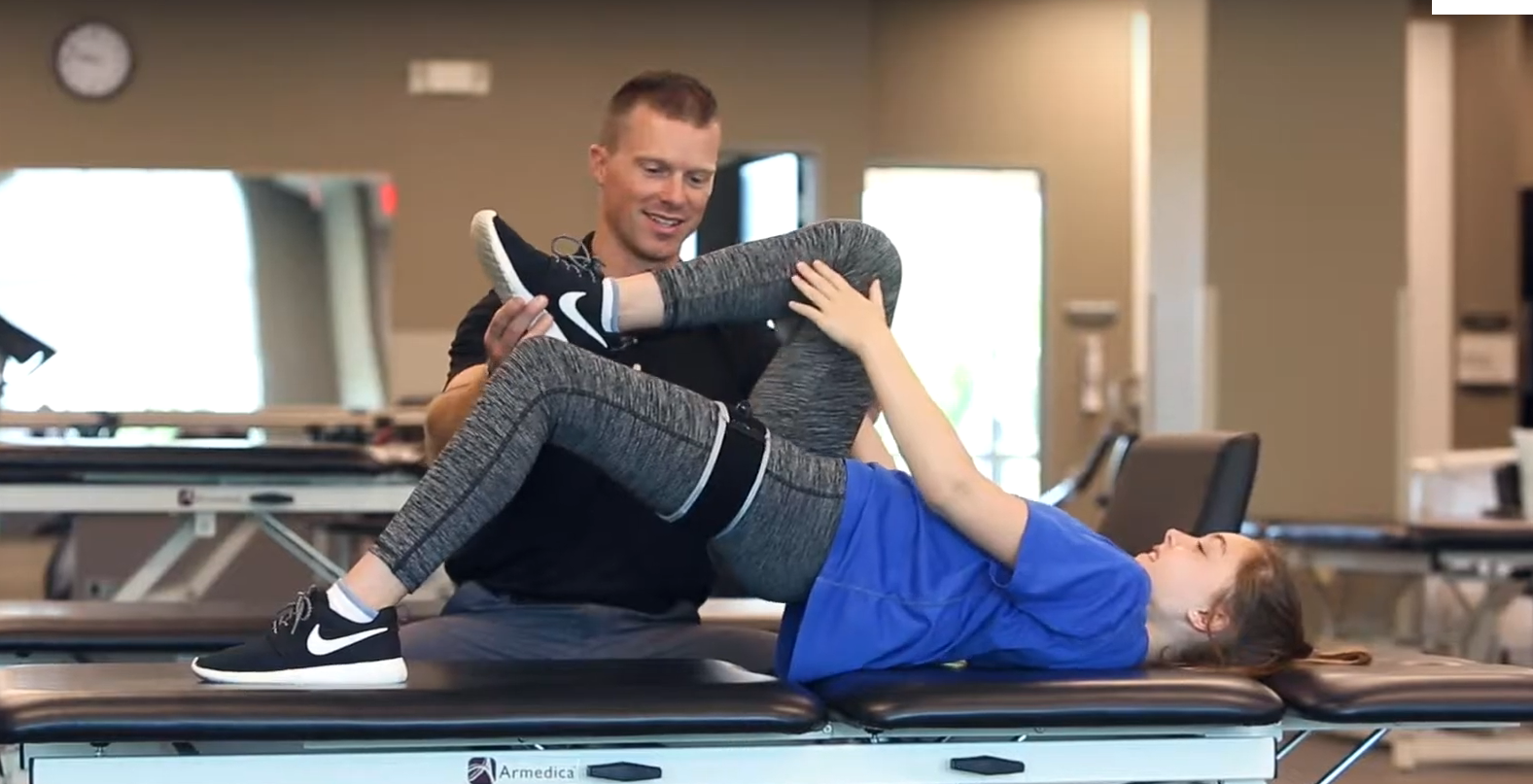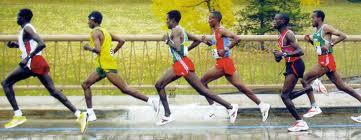This very question seems to be a hot button among runners. If there is one 
- A competitive edge
- A way to run further and faster
- Or just a way to keep running without breakdown or injury.
Now, I must admit that I am not an avid runner. In fact, I usually only run 3-5 miles at a time. I have recently studied running more in-depth, though, and as a physical therapist, I have a solid background in biomechanics. I also have treated dozens and dozens of runners with injuries ranging from knee pain, calf/hamstring/quad strains, stress fractures, shin splints, Achilles tendon issues to even back pain…all from just running.
So it is with confidence that I can say OF COURSE form matters. How could it not? Form matters in virtually everything that requires physical movement – swinging a bat/tennis racket/golf club, shooting a ball, kicking a ball, throwing a ball, jumping over a hurdle…heck, even bowling. Yes, but is there an optimal form? No way. If there was, every person would adopt this optimal form. I will concede that just adopting form is a gross oversimplification. A great deal of practice, effort and time are required to make changes in technique, but what works for one person may not be ideal for another. Think of how many different types of golf and baseball swings exist. I do, however, sincerely think there is an optimal form for each individual…here is the kicker, though: Your optimal form is subject to change, just as you change.
 What does that mean? Well, there has been a recent outpouring of support for teaching optimal form. Chi Running, Pose Running and other running styles and techniques have some great foundation and solid science behind what they are promoting. I am not writing this series of posts to agree with or refute these approaches. I am opening up this topic because I too have some thoughts about running, form, and the body’s response to this dynamic activity. I am also very confident that you cannot improve your form if you have asymmetries in your body.
What does that mean? Well, there has been a recent outpouring of support for teaching optimal form. Chi Running, Pose Running and other running styles and techniques have some great foundation and solid science behind what they are promoting. I am not writing this series of posts to agree with or refute these approaches. I am opening up this topic because I too have some thoughts about running, form, and the body’s response to this dynamic activity. I am also very confident that you cannot improve your form if you have asymmetries in your body.
** This is where I come in as PT. Bringing to light imbalances in the body is crucial before you should even begin to think about changing your form. Stay tuned to a series of follow up posts that will address such things as: stride length, foot/ankle mechanics, hamstring and gluteal imbalance, and the importance of cross training.






Share:
Knee Alignment - How do you move?
Running Form - To Heel Strike or Not To Heel Strike...